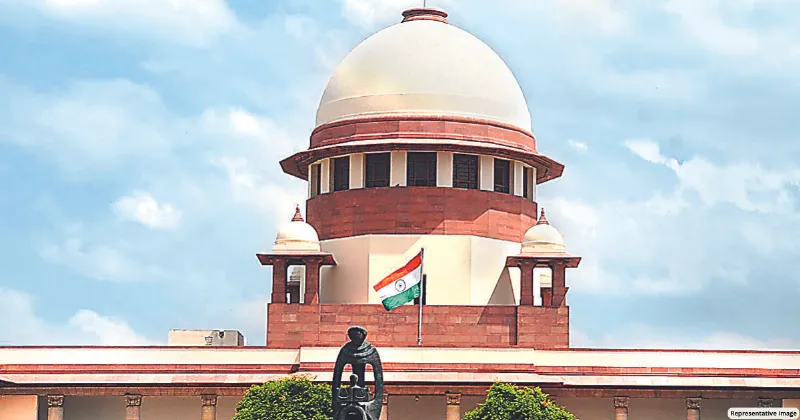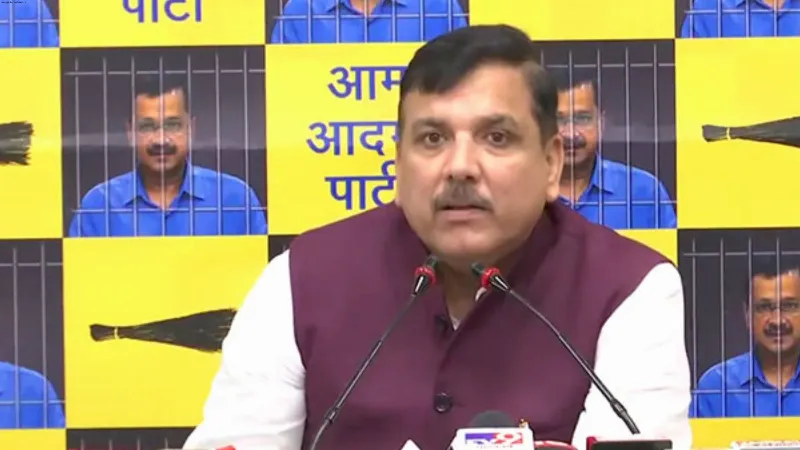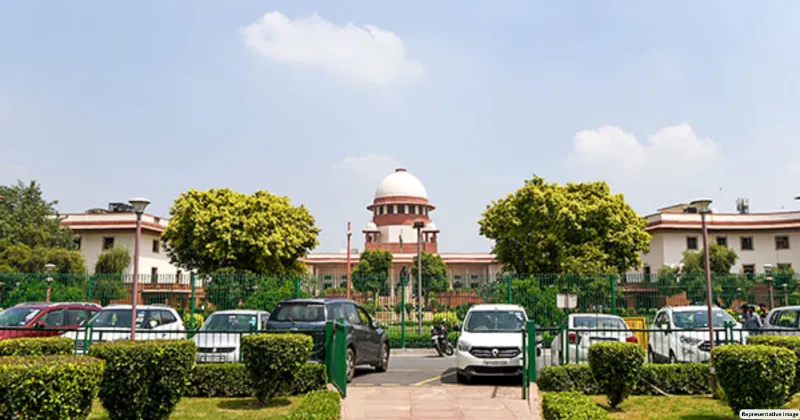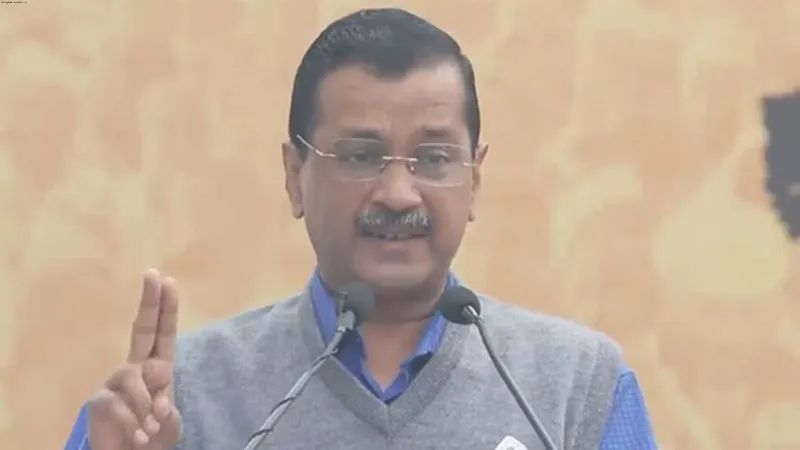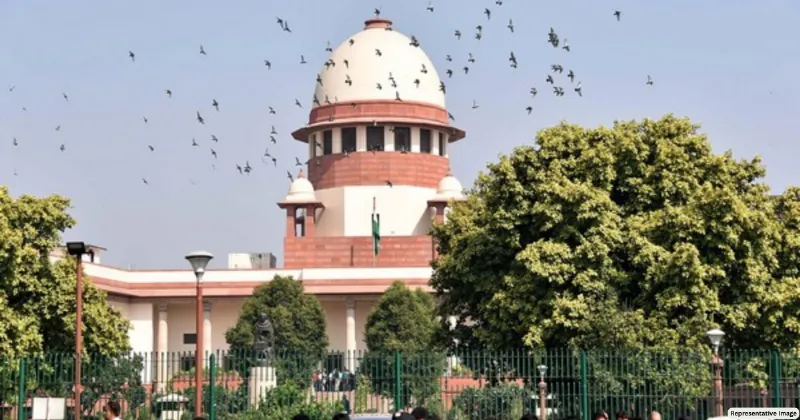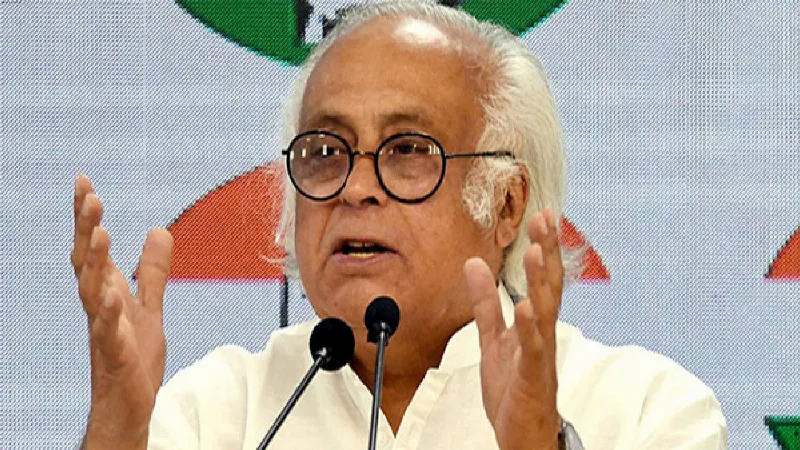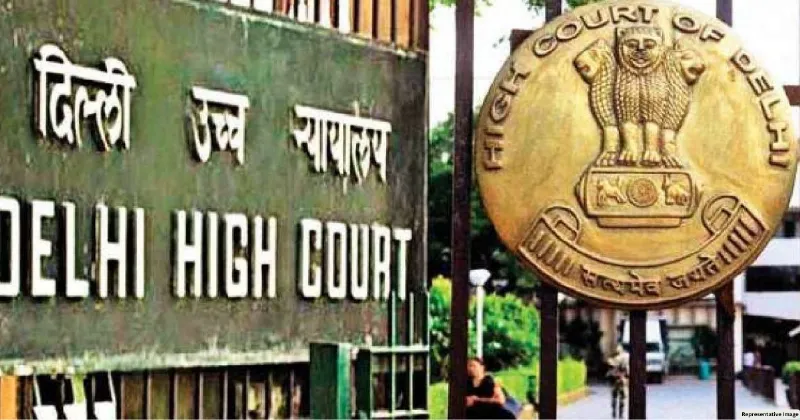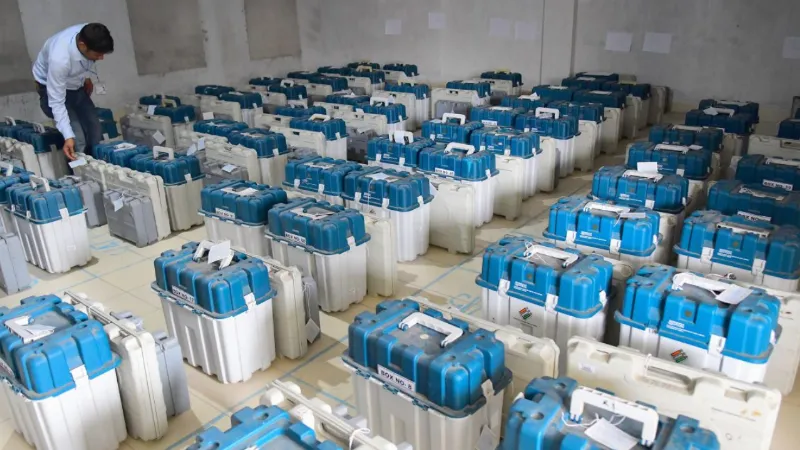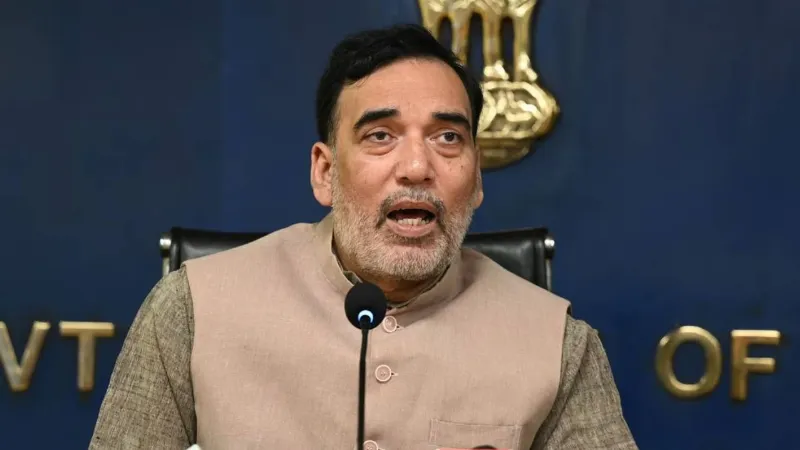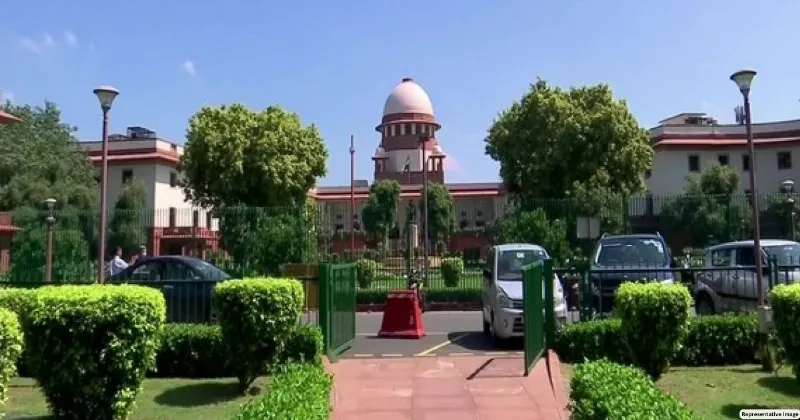Thrice a week flight services between Pithoragarh-Dehradun started under UDAN scheme
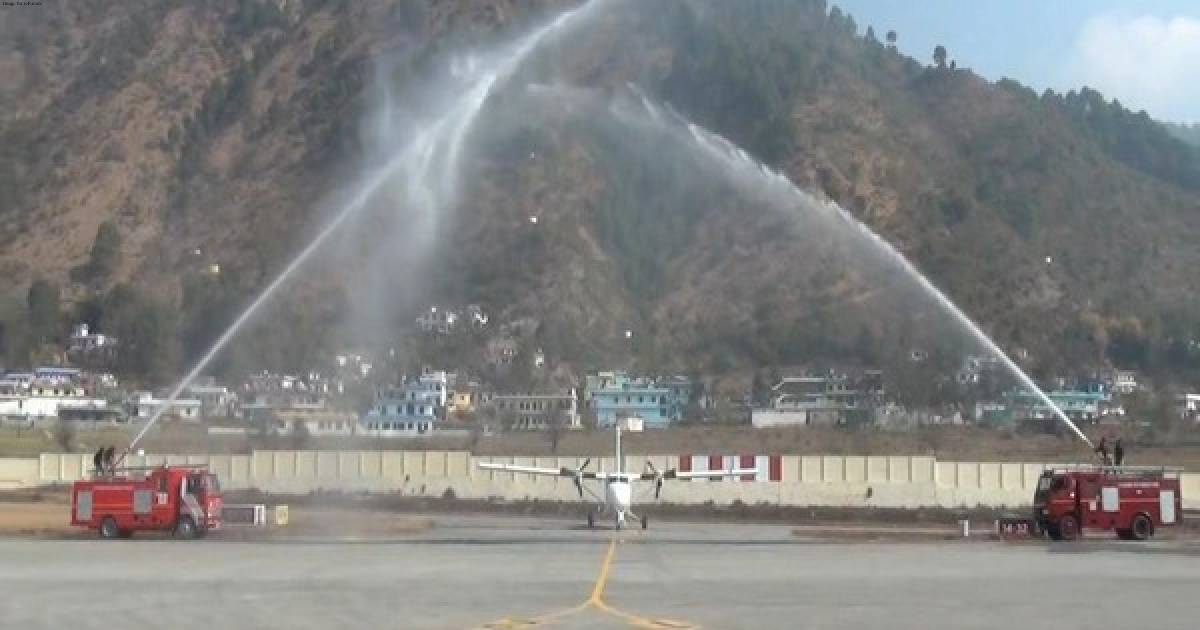
Dehradun/New Delhi: A direct air service facility under the UDAN scheme has been started between Uttarakhand's Pithoragarh and the capital town Dehradun on Tuesday, reducing travel time between the two important towns.
Operator FlyBig, with its 19-seater aircraft, will offer services three times a week: Monday, Tuesday, and Friday.
Inaugurating the services, Union Civil Aviation Minister Jyotiraditya Scindia that the services between Kumaon and Garhwal will reduce travel time from 12 hours to just 1 hour.
"Besides Pithoragarh being a strategic location for national security, this connectivity will also help tourism in the region," Scindia said.
"In the past two to three years, we have activated several heliports. I want to assure you today that under UDAN 5.1, another 5 heliports will be made operational," he said.
Under the UDAN scheme, work is underway in two airports--Pantnagar and Pithoragarh--and in thirteen helipads across the state, the minister informed.
The Regional Connectivity Scheme (RCS), - UDAN (Ude Desh Ka Aam Nagrik), a government-backed initiative to improve infrastructure and connectivity in India, especially in remote and underserved regions, completed six years.
The scheme, launched in April 2017, focuses on improving unserved air routes in underserved regions of the country and fulfilling the aspirations of the common citizens.
The government has approved the 'Revival of unserved and under-served airports' scheme for the revival and development of 100 unserved and under-served airports, helipads and water aerodromes by 2024.
In December 2023, the Ministry of Civil Aviation launched the 5th version of RCS-UDAN with numerous improvements based on stakeholder feedback.
UDAN 5.0 where the focus is on Category-2 (20-80 seats) and Category-3 (>80 seats) aircraft. Similarly, the cap of 600 km has been removed and there is no restriction on the distance between the origin and destination of the flight. This round prioritizes the routes that will connect the airports that are ready for operations or will be ready soon, which will lead to quicker operationalization of awarded routes. Consequently, Airlines would now be required to commence operations within 4 months of the award of the route, and they are welcoming this change as this helps them to better plan their operations.
This was soon followed by UDAN 5.1, This round of RCS-UDAN is designed specifically for helicopter routes by increasing the scope of operations for helicopter operators, enhancing VGF and reducing Airfare Caps. The Scheme will now allow operations on routes provided that at least one origin or destination is in a priority area and at least one origin or destination is a heliport, thereby enhancing the potential range of connectivity. VGF caps have been enhanced to improve viability for operators and airfare caps have been reduced to make flying more affordable for passengers respectively.
UDAN 5.2 will further enhance the connectivity to remote and regional areas of the country, achieve last-mile connectivity, and provide impetus to the tourism sector through small aircraft (<20 seats). The Scheme will provide greater operational flexibility to the small aircraft operators, by allowing them to operate a maximum of 40% of annually quoted RCS seats and a minimum of 10% of annually quoted RCS seats in any given quarter.
RCS-UDAN is contributing to the growth of the civil aviation industry as four new & successful airlines have come up in the last 6 years. The scheme has helped airline operators to start up and develop a sustainable business model. Additionally, it's providing opportunities to small regional airlines FlyBig, Star Air, and IndiaOne Air to scale up their businesses and their successful run is evidence of the fact that the scheme is creating an amiable ecosystem conducive to airline business.
India's aviation industry has experienced significant growth in the past decade, and the number of operational airports in the country has since doubled.



